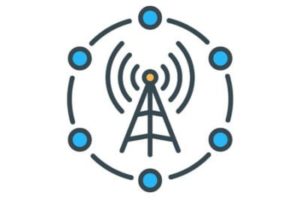The GSMA is advising Russia to relax its exposure limits for radio frequency electromagnetic fields (RF-EMFs). The country’s current limits are laid out in the government’s Digital Economy Program, and are much stricter than the accepted international standard.

According to the GSMA, Russia’s restrictive guidelines could hinder the development of the country’s burgeoning 5G network, which could in turn cause Russia to fall behind other countries with regards to its digital transformation. While Russia’s standards reflect public concerns about the relative safety of mobile technologies, the GSMA stressed that the risk is extraordinarily low, and that studies have shown that using a mobile phone or living near a base station does not lead to any adverse health effects.
The organization specifically cited the International Commission on Non-Ionizing Radiation Protection, which published new international guidelines after analyzing 20 years of health research. Those guidelines are far more permissive than Russia’s, which the GSMA argues are not based on medical evidence.
“The updated international safety guidelines were adopted this year by Poland and Lithuania, among others,” said GSMA VP and Europe, Russia and CIS Policy and Regulation Head Daniel Pataki. “Russia has a critical opportunity to spur growth if leaders enact reforms now.”
Despite the potential hiccups, the GSMA expects 5G to account for 20 percent of the mobile connections in Russia by 2025. The organization nevertheless believes that the country’s rules for the operation of radio facilities will slow the growth of the network, as will the country’s bureaucratic approval process for development projects. By comparison, the GSMA expects 5G to account for 51 percent of the mobile connections in North America in the same window.
The GSMA has repeatedly emphasized the need for public-private collaboration in the development of 5G networks. The organization released its own guidelines for the development of standalone 5G networks back in June.

Follow Us